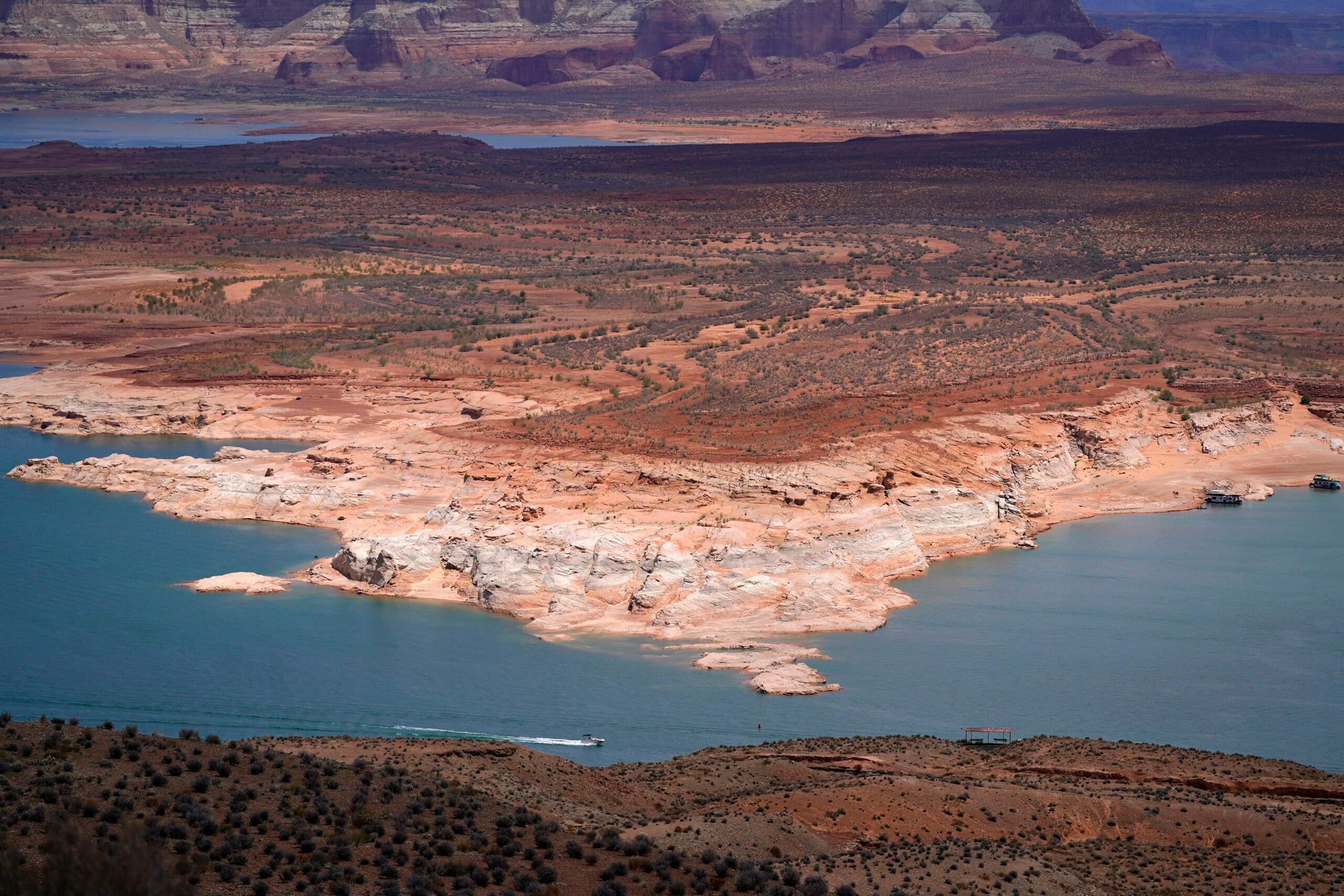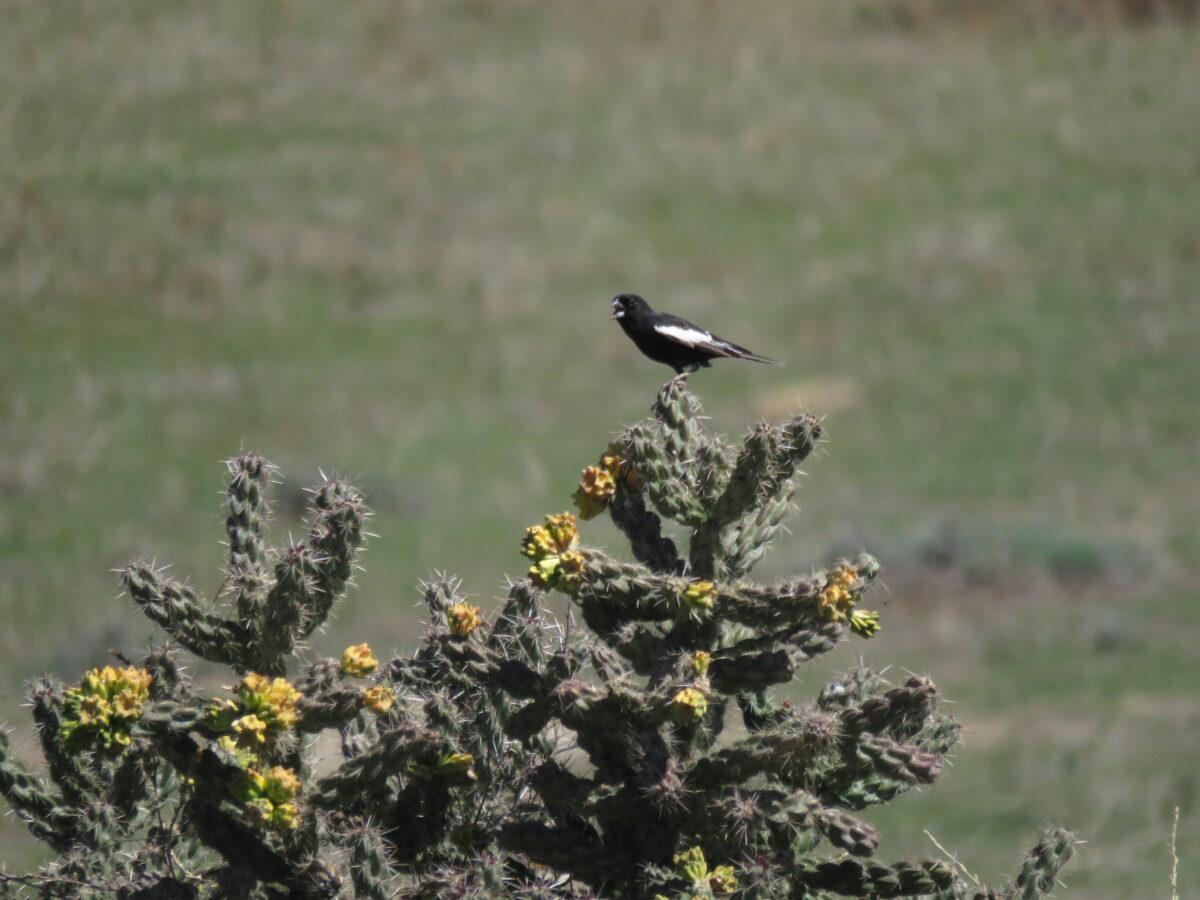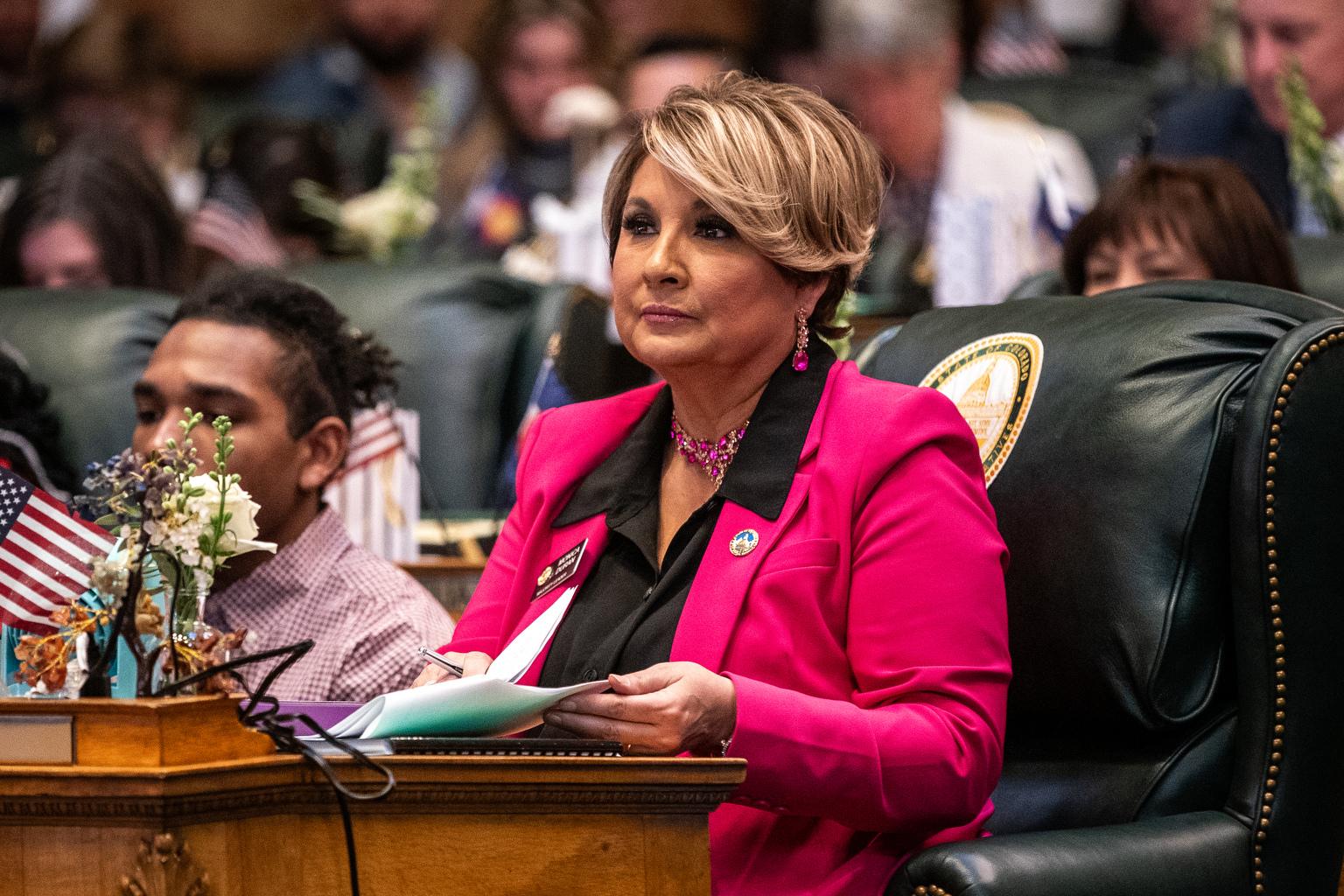
Parts of Colorado and other Rocky Mountain states could be facing a water future that more closely resembles Arizona, new federal research finds.
The drier and warmer conditions could mean less snow accumulates in the mountains of Colorado, Utah and Wyoming and melts into a water system that feeds the Colorado River, researchers at the Los Alamos National Laboratory’s Earth and Environmental Sciences division found.
Warmer temperatures have already contributed to a 20 percent drop in the flow of the Colorado River since the 1900s, which supplies millions of people across the West with water and hydroelectric power. Lake Powell and Lake Mead, the two largest reservoirs in the U.S., have dropped to all-time lows with decades of ongoing drought.
The new research, published in the journal Earth and Space Science, predicts this water supply will shrink even more as human-caused climate change continues to warm states like Colorado, where the river originates, said Katrina Bennett, a hydrologist who co-authored the paper.
Bennett’s team used computers to analyze patterns in regions across the Colorado River basin and model future climate and drought conditions. Some of the models included warmer temperatures with less snow and rain; others factored for warmer temperatures and larger amounts of snow and rain.
Both scenarios showed a drop in water supplies throughout the Colorado River basin, Bennet said. Even with increased precipitation, the computer models showed the water would evaporate when it makes landfall due to hotter temperatures.
“So that water isn’t really available for us to use as a resource,” Bennett said.
More about the Colorado River
- The most endangered river: A conservation group considers the Colorado River the epicenter of the nation’s water and climate crisis.
- Lake Powell dangerously low: As the reservoir dries up, there’s growing concern about the future of hydropower production.
- What happens if the river keeps drying up: It could trigger a chain-reaction of legal wrangling that could lead to some water users being cut off from the river.
- Tribes fight for inclusion: Leaders of native tribes who depend on the river say a century-old agreement is fueling water inequalities.
- Where’s the water going?: Much of it gets absorbed by soil baked dry by hotter temperatures due to climate change.
Related research Bennett has conducted for a separate paper that has not yet been published shows Colorado could lose more than 50 percent of its snowpack by 2080, she said.
Similar research has been published on the Colorado River, but the modeling by Bennett’s team was created with a form of artificial intelligence called unsupervised machine learning. Bennett said the new tool uses an algorithm that can analyze enormous amounts of climate and water data much faster and provide results that can be more useful to water users and managers planning for a drier future.
The algorithm pinpointed specific watersheds within the Colorado River Basin most susceptible to worsening drought. Many of the sub-watersheds within the Green River Valley, which cuts through Wyoming, Colorado and Utah, could face greater drought impacts, the modeling shows.
The algorithm also predicts that snow may no longer collect and melt in some places, with large losses of snowpack occurring in others. Previous studies have found that higher elevations would resist snowpack losses, but the algorithm Bennett’s team used forecasts large declines in snowpack due to warming temperatures.
Most of the water in the Colorado River comes from the snow that collects and melts in the Rocky Mountains. Bennett said the modeling found a decline in high-elevation snowpack in Colorado, which has historically melted slower because of cooler temperatures at higher altitudes.
Snow that melts off sooner and faster means an earlier peak for river streamflows within the river basin. This change could lead to farmers and ranchers needing to change the timing of crop irrigation. Bennett said it would also mean officials considering changing how they time the collection and release of water in reservoirs.
Less snow on the ground also means a longer wildfire season. Bennett said Colorado is already seeing some of these changes, but her research suggests the drought and its effects will continue to worsen.
“Drought is arguably one of the greatest climate change-related risks to the stability of society and economy facing humans today,” the study said.
Joe Wertz contributed to this story.









